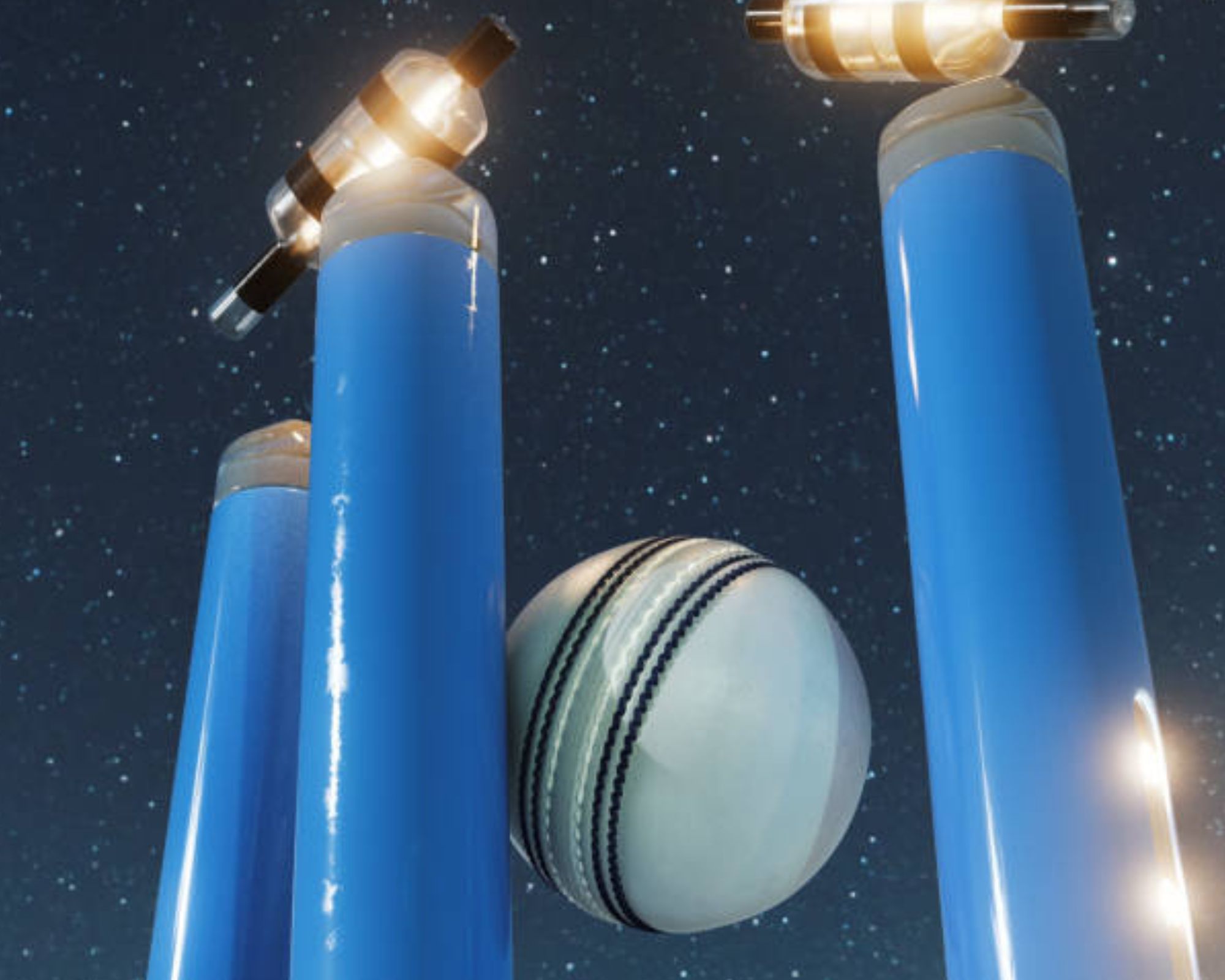Introduction
Cricket, known for its rich traditions and history, has not been left behind in the march of technological progress. The Cricket World Cup, a prestigious international tournament held every four years, has consistently embraced technological advancements to enhance the game for players and fans alike. As of my last update in September 2021, let’s explore some of the technologies commonly used in the world of cricket.
1. Hawk-Eye Technology:
Hawk-Eye is a sophisticated ball-tracking technology. That provides precise information about the trajectory and movement of the cricket ball. It is widely used in international cricket tournaments, including the World Cup, to assist in decision-making, especially for LBW (leg before wicket) appeals. Determining the path of the ball for video analysis. Hawk-Eye has become an integral part of modern cricket. Offering both players and viewers a better understanding of crucial moments in the game.
2. Ultra Edge and Snickometer:
3. Decision Review System (DRS):
Also in cricket Decision Review System is a combination of various technologies, including ball-tracking, Hot Spot, and Ultra Edge. It allows teams to challenge on-field decisions made by the umpires. DRS has added an extra layer of excitement and accuracy to cricket matches by reducing errors in decision-making.
4. LED Stumps and Bails:
Innovations like LED stumps and bails are not just for aesthetics; they serve a practical purpose. They light up when dislodged from their grooves, making it easier for umpires. Players to determine run-outs and stumpings, especially in low-light conditions or when there’s a fast-paced delivery.
5. Mobile Apps and Social Media Integration:
Cricket World Cup tournaments have embraced mobile apps and social media platforms to engage with fans worldwide. These apps provide real-time scores, live streaming, highlights, and interactive features like polls and contests. Fans can also connect with their favorite teams and players through social media for a more immersive experience.
6. 5G Technology:
The introduction of 5G technology has the potential to revolutionize the way cricket matches are streamed and consumed. With faster data speeds and reduced latency, fans can enjoy high-definition live streaming and interactive content on their mobile devices.
7. Data Analytics and Performance Tracking:
Teams employ data analytics and performance-tracking technologies to analyze player statistics, assess opposition strengths and weaknesses, and fine-tune their strategies. This data-driven approach has become a game-changer in modern cricket.
Conclusion
The 2023 Cricket World Cup showcased an array of technological marvels that transformed the game and enhanced the overall viewer experience. From advanced analytics and augmented reality graphics to AI-powered decision-making tools. This tournament pushed the boundaries of what technology can do in the world of cricket.
These innovations not only benefited players and officials but also engaged fans on a whole new level. As we move forward, the fusion of technology with the spirit of cricket promises an exciting future for the sport. Where data-driven insights and immersive experiences are set to become the new norm. The 2023 Cricket World Cup was a testament to the power of innovation in one of the world’s most beloved sports.
